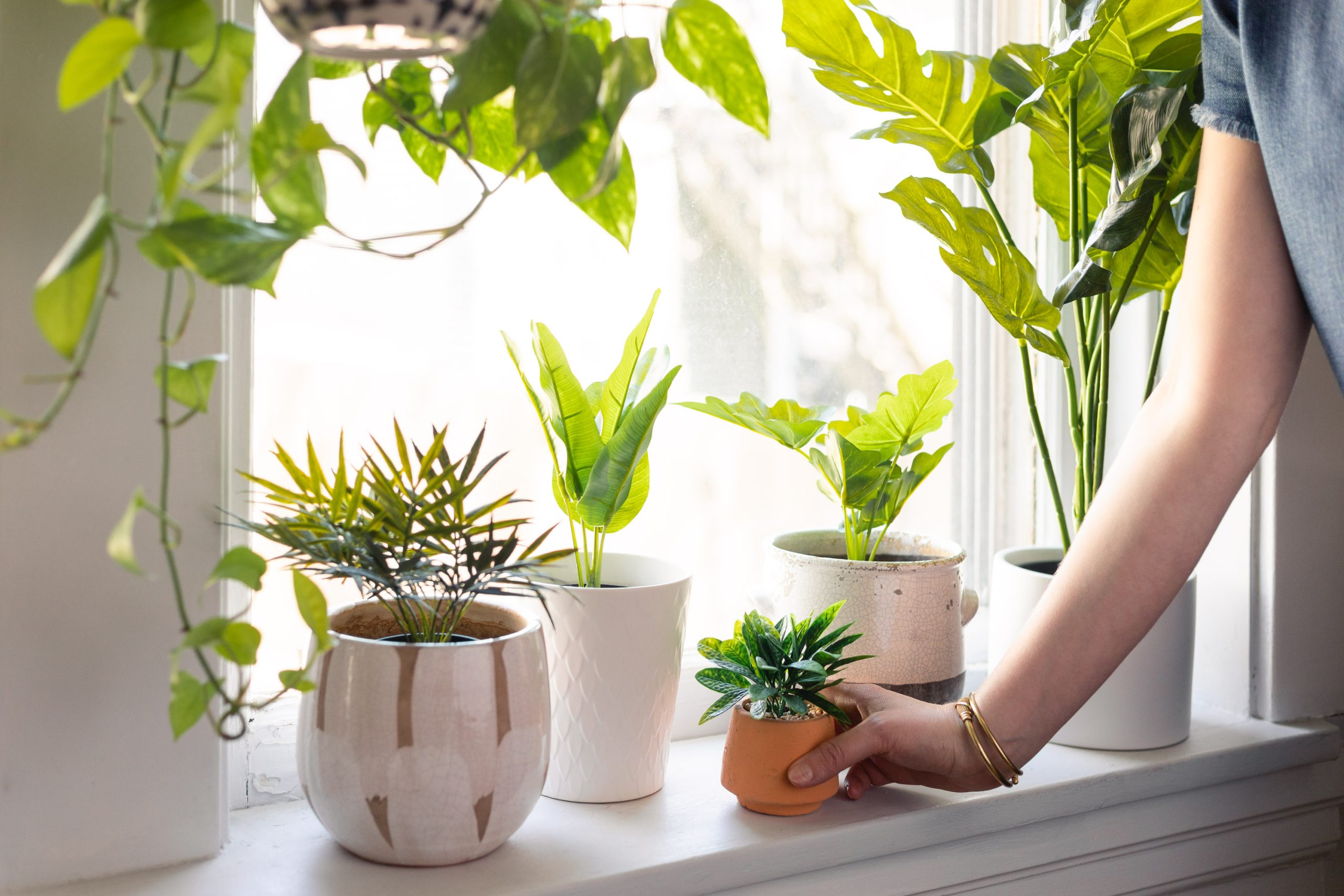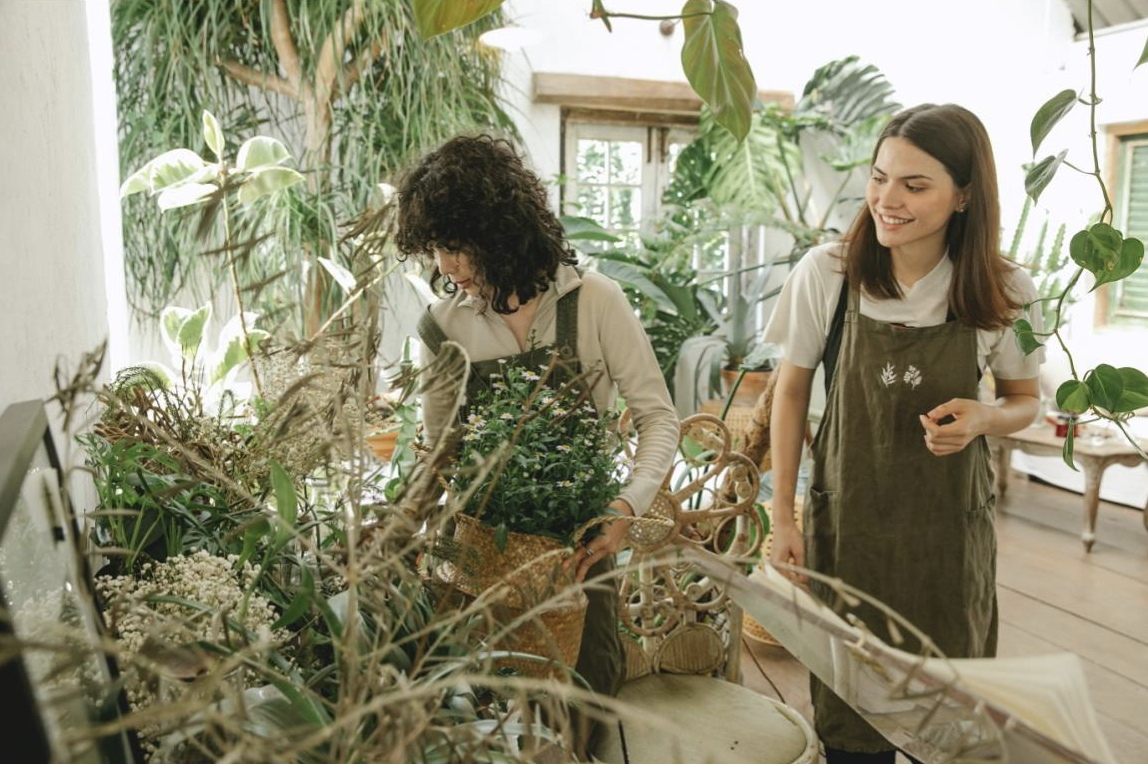Why You Should Use Artificial Plants
Artificial plants are great for creating a natural-looking environment, but they can be hard to install. You need to know how to fix an artificial plant that’s been knocked over or fallen off. Brise vue végétal artificiel can also be used as a natural screen at your home to create privacy from the outside world
The first step is to determine if the plant was knocked over accidentally or fell from its original location and suffered damage in transit. Plants that have been moved by gravity usually don’t require much work to repair. If the plant has fallen and landed against something hard like a cabinet or a piece of furniture, however, it may not survive.
If the plant did fall and break, remove all of the broken pieces using your fingers or tweezers and then soak them in warm water. After soaking, gently pull apart any remaining pieces with your fingers or tweezers. Once you’ve removed any large shards, cut away any other small fragments with scissors or your knife. Take care to avoid cutting into the roots of the plant and make sure you remove all of the dirt around the base of the plant as well.
Once you’ve removed any sharp pieces and cleaned up the dirt, place the plant back in the soil where it originally grew. This will help keep moisture inside the pot and give the plant time to recover. Check back later to see if the plant has started to grow again. If so, you’re ready to repot the plant into a larger container.
On occasion, some plants just won’t stay put. Perhaps because of poor construction or poor installation, these plants tend to fall over when they’re young. Or maybe you just didn’t properly secure them when you initially planted them. Whatever the case may be, there are several ways to get them back on their feet again.

Fixing a falling flowerpot
Flowerpots are designed to hold flowers and other plants. They’re typically made out of plastic or ceramic, and they come in a variety of shapes and sizes. Some pots are hollow to better accommodate the growth of the plant inside while others are solid to keep the plant contained within the pot. In either case, flowerspots often topple over as the plant grows and tries to escape.
To help prevent this from happening, you’ll want to use a sturdy stake to keep the pot in place once you’ve placed the plant inside. The ideal method involves placing the stake at each corner of the flowerpot and then wrapping tape around the entire pot and stake to keep everything anchored together. It might seem counterintuitive, but the key here is to wrap the tape evenly around the pot and stake to ensure a proper fit. Otherwise, the flowerpot could slip when the plant starts growing and try to escape. Wrap the tape tightly enough so that it doesn’t loosen up as the plant grows and that the stake remains firmly in place.
If you can’t find a way to stabilize the flowerpot without using tape, you can always add a few more stakes. Just make sure that the extra stakes are long enough to reach above the top of the soil line and extend far enough below the bottom edge of the pot to provide additional support.
Repairing a broken vase
In addition to its role as a decorative centerpiece, vases also serve an important function by protecting delicate flower buds from being damaged by harsh elements such as wind and cold weather. Vases aren’t indestructible, though, which means they can break down over time. Just like with a flowerpot, a cracked vase isn’t necessarily irreparable.
If you suspect that a vase has been damaged, the best option is to replace it rather than attempt repairs. Before you go ahead and purchase a new one, however, take a moment to check the bottom of the vase to make sure that it hasn’t already separated from its original base. If so, you’ll need to find a replacement mold that fits securely around the bottom of the vase before you start looking for a new vase.
You can also look online to find a suitable replacement vase. When you’re shopping for a replacement, consider the size of the vase, the style and color of the vase, and whether you’d prefer a clear or opaque vase. Once you’ve narrowed down your search, look for a vase that’s similar in shape and design to your old vase. You can even use the same type of glue that was used to attach the vase to the original stem to reattach the vase after you’ve replaced the stem.
If it’s too late to replace the vase, you can still salvage it by removing the broken sections individually. Then, you can clean up the interior of the vase and fill it with some fresh soil to keep the plant happy. When you’re done, simply reassemble the vase and let it dry out completely before planting the plant inside.

Sticking an artificial plant back in its pot
Sometimes, even after you’ve taken every precaution to ensure that the plant stays in place, it refuses to stay put. That’s especially true if you’ve installed the plant in a flowerpot. Sometimes, the plant is just too heavy for the pot to bear and it falls over. Other times, the plant gets caught on a branch or another part of its own infrastructure and can tip over. Regardless of what caused the problem, there are a couple of things you can do to try to save the day.
First, examine the pot closely to determine whether there’s anything that may have been dislodged during transport. If so, you’ll need to move the plant elsewhere until you’ve repaired whatever broke loose. While you’re waiting for the plant to recover, take a moment to soak all of the dirt out of the pot and carefully remove any bits of debris from the soil. Also, reattach the plant to the original stake or other support device using the same glue that you used when you initially installed the plant.
Another solution to the problem is to simply repot the plant. By replacing the plant with a bigger one, you’ll be able to accommodate its increased size and weight. If you don’t have access to a bigger pot right now, however, you can improvise by filling the empty space between the plant and the pot with some moist soil and letting it sit overnight. When you wake up the next morning, the soil should have absorbed most of the excess water and the plant should be stable again. Of course, if the soil is dry or you think that the plant needs more water, you can always add a little more water to the soil before putting the plant back into the garden.
As you can see, artificial plants aren’t nearly as difficult to care for as real ones. If you know how to properly handle the plants you grow, you shouldn’t have any problems keeping them alive. And by following these simple tips, you should be able to get your artificial plants up and running in no time!

